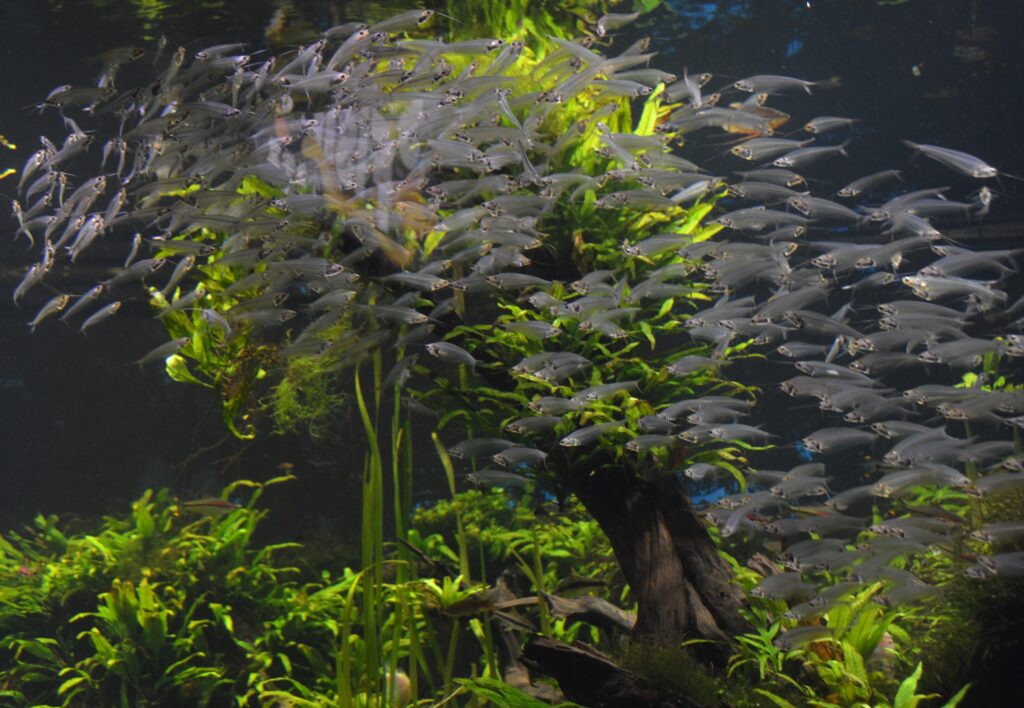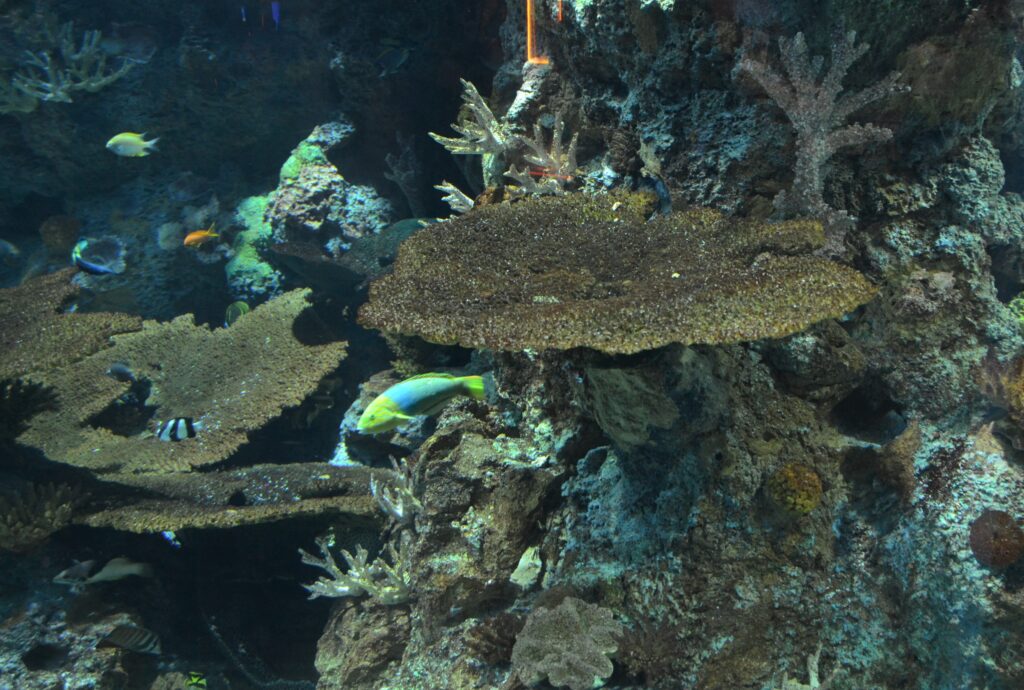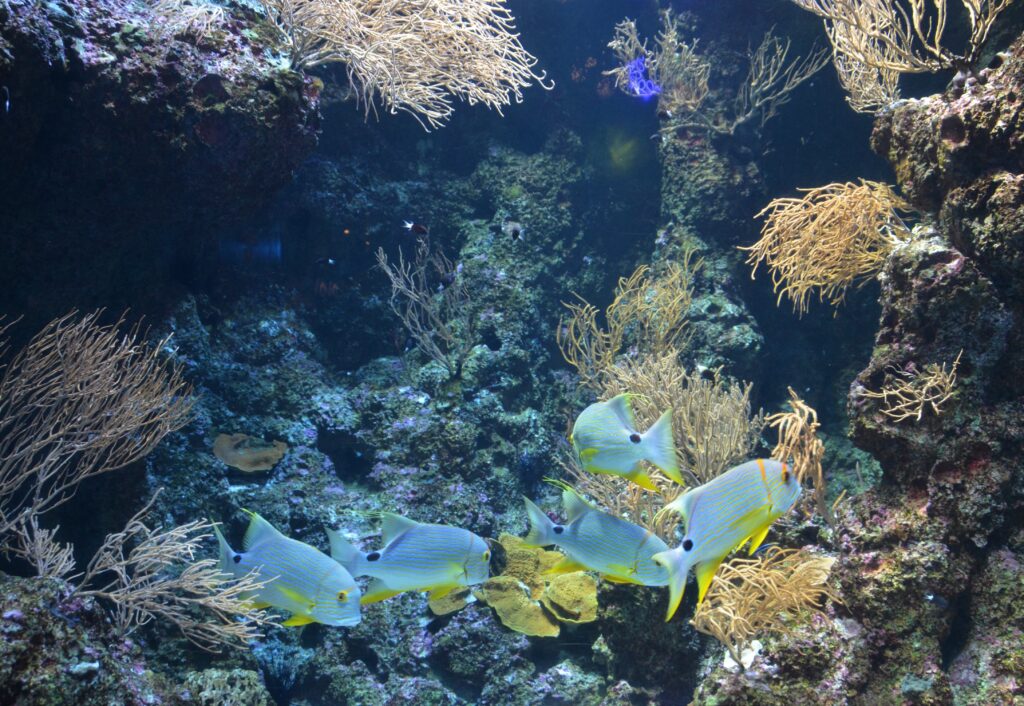Text and Photos by Henrylito D. Tacio
Since the beginning of time, fishing has been an important source of livelihood for Filipinos. After all, fish is the country’s second staple food, next to rice. On average, every Filipino consumes about 98.6 grams of fish and fish products each day, the Food and Nutrition Research Institute reports.
It’s not surprising that the Philippines is among the top fish-producing countries in the world. The Philippines ranked 10th in capture fishery production in 2019. As such, fisheries resources play a significant role in foreign exchange, contributing to the country’s gross domestic product.
Ninety percent of fish caught is consumed locally. Unfortunately, 10 of the 13 major fishing grounds are now overfished, according to a conservation group Environmental Defense Fund, “with some facing collapse if reforms aren’t implemented.”
“Fisheries in the Philippines have been continuously plagued by overfishing, unabated illegal fishing activities, and lack of political will to fully implement fisheries laws and regulations, a lack of post-harvest facilities, and encroachment of commercial fishers into municipal waters,” said Oceana, an international advocacy dedicated to protecting the world’s oceans, in a recent press statement.
Dr. Wilfredo Campos, a fishery expert at the University of the Philippines Visayas, confirmed that those enumerated issues are among the reasons why the country’s fish stocks have been on the decline since the 1990s.
“About 25% of the ocean’s fish depend on healthy coral reefs. Fishes and other organisms shelter, find food, reproduce, and rear their young in the many nooks and crannies formed by corals,” explains the US National Oceanic and Atmospheric Administration.



“Healthy coral reefs support artisanal and commercial fisheries,” writes Diovanie De Jesus, Oceana campaign and science specialist. “Coral reef fisheries such as groupers and lobsters directly rely on the reef for spawning and habitat. Pelagic (open water) fisheries such as sardines and tuna indirectly rely on the reef through the food they consume.”
Coral reefs are the marine equivalent of rainforests and considered one of the planet’s essential life-support systems. These “biological wonders,” as American environmental author Don Hinrichsen called them, are among the largest and oldest living communities of plants and animals on earth, having evolved between 200 and 450 million years ago.
Coral reefs are constructed by millions of flower-like animals with tube-like bodies and finger-like tentacles called polyps. The form of polyp, which is about the size of a fingernail (one centimeter to three centimeters), depends on the shape and form of the coral. A coral may be a single large polyp. Near the sea’s surface, where waves have a strong effect, corals are massive. As they occur in deeper water, they become branched or take on flowery forms.
Hinrichsen claimed it takes centuries to create a reef. The coral’s skeletons amass to form the foundation of a reef. The stony structures grow slowly, normally at a rate of 0.25 centimeters to 0.5 centimeters a year.
The stony corals are actually the bedrock of the reef. “Stony coral colonies are composed of hundreds of thousands of individual living polyps,” the US Environment Protection Agency (EPA) says. “Polyps are capable of drawing dissolved calcium from seawater, and solidifying it into a hard mineral (calcium carbonate) structure that serves as their skeletal support.”
On how important and vital coral reefs are in fish production, the EPA points out: “Polyps of reef-building corals contain microscopic algae called zooxanthellae, which exist with the animal in a symbiotic relationship. The coral polyps (animals) provide the algae (plants) a home, and in exchange the algae provide the polyps with food they generate through photosynthesis.”
Because photosynthesis requires sunlight, most reef-building corals live in clear, shallow waters that are penetrated by sunlight. The algae also give a coral its color; coral polyps are actually transparent, so the color of the algae inside the polyps shows through.
Coral reefs provide a habitat for a large variety of marine life, including various sponges, oysters, clams, crabs, sea stars, sea urchins, and many species of fish. They are also linked ecologically to nearby seagrass, mangrove, and mudflat communities. Coral reefs are so valued because they serve as a center of activity for marine life.
As fishing grounds, coral reefs are thought to be 10 to 100 times as productive per unit area as the open sea.
There are three major types of coral reefs, according to former Environment Secretary Angel C. Alcala. These are the fringing type (those found on the edges of islands and which constitute 30 percent of the country’s coral reefs), the barrier type (best exemplified by the Dajanon Reef of Central Visayas), and the atoll (of which the Tubbataha and Cagayan Reefs in the Sulu Sea are ideal examples).
The Philippines holds one of the most extensive coral reefs in the world, with a sprawling area of 27,000 square kilometers strategically located in Palawan (37.8%), Sulu (27.8%), Visayas (21.7%), Northern Luzon (7.6%), Central and Southern Mindanao (3.2%), and the Turtle Islands (1.7%).
Of all coral species known in the world, more than a quarter are found in the country. Unfortunately, only 400 of these species remain, according to the Center for Environmental Concern.
A survey conducted by the Marine Science Institute of the University of the Philippines at Diliman showed that nationwide, out of 742 stations monitored, 39 or only 5.3% were still in excellent condition (75-100% live coral cover), 187 or 25.2% could be considered in good condition (50-74% live coral cover), 290 or 39.0% were in fair condition (25-49.9% live coral cover), while the rest, 226 stations or 30.5% were in poor condition (0-24% live coral cover).
“Nowhere else in the world are coral reefs abused as much as the reefs in the Philippines,” commented marine scientist Don McAllister, who once studied the cost of coral reef destruction in the country.
Sedimentation is said to be the most important single cause of reef degradation. Sediments that wash over reefs have a number of negative effects on corals, marine scientists claim.
“The initial plume blocks out sunlight, reducing photosynthesis and therefore the quantity of energy available to the coral polyps,” explains Peter Weber of the Washington-based Worldwatch Institute. “If the sediment settles on the reef, the polyps have to work together in waves to attempt to uncover themselves, and they produce extra quantities of mucus to try to wash off the particles. As a result, corals are weakened.”
Deforestation is the most common source of sediments. When trees are cut down, and the underbrush burned, the mountainsides become bare, and the soil are defenseless against strong wind and rain,” says the Coral Research Project of the Bureau of Fisheries and Aquatic Resources (BFAR). “During rains, runoff carries eroded soil down to the rivers that deposit it in the sea.”
Coastal development, which helps drive this deforestation, is itself a major cause of reef decline. This includes activities such as filling to provide sites for industry, housing, recreation, airports, and farmlands; extraction of lagoon sand for use in construction; and dredging to create, deepen or improve harbors and create ports and marinas. Such activities increase turbidity, alter water circulation and even cause the destruction of entire reef systems.
Destructive fishing methods, particularly dynamite fishing and cyanide fishing – also contribute to the rapid disappearance of the country’s coral reefs. The kayakas and the muro-ami have also created the same havoc.
Aside from these human activities, natural causes of destruction among coral reefs also occur. These include extremely low tide, high temperature of surface water, predation, and the mechanical action of currents and waves. Extremely low tides usually expose corals to sunlight and to freshwater runoff, both of which are said to be lethal over several hours of exposure.
In recent years, corals are exhibiting a new kind of degradation: massive bleaching. Explains John Ryan of the Washington-based Worldwatch Institute: “When subjected to extreme stress, they jettison the colorful algae they live in symbiosis with, exposing the white skeleton of dead coral beneath a single layer of clear living tissue. If the stress persists, the coral dies.”
Now, the good news. Thanks to a pioneering fragmentation approach, coral growth that would usually take up to 100 years to produce is now happening on reefs in as little as two years.
Dr. Alexandra Hill, a British marine biologist who headed a study looking at reef regeneration in Camiguin, is showing the way. Her reef-rescue team employed a relatively new technology that involves the process of micro-fragmentation and colony fusion of coral fragments. This differs significantly from the more common coral restoration methods that usually focus on branching species.
“In this technique, the massive corals – which normally have a slow growth rate – are fragmented or broken up using special equipment,” Dr. Hill explained, “and the corals exhibit a faster growth rate when fragmented. Furthermore, fragments from the same donor colony have the ability to fuse together when physically joined which increases their overall surface area and their chances of survival.”
Knowing that the country’s coral reefs are vanishing from this part of the world, the government has passed several laws. The exploitation of ordinary corals and restriction on the sale of precious and semiprecious corals, for instance, are contained in Presidential Decrees No. 1219 and No. 1698.
“Ordinary” corals, the stone variety of reef-building corals, are easier to find than the “precious” corals. The latter comes in various colors: red, pink, or white. The “semiprecious” are the black corals.
PD 1698 also prohibits the gathering, harvesting, collecting, transporting, possessing, selling, and/or exporting of ordinary corals, either in raw or processed form. “The use of corals and materials in buildings, and other man-made structures such as, but not limited to, piers, dams, and dikes, is likewise prohibited,” said a provision of the law.
PD 1198 amends PD 1219 and limits permits to gather in limited quantities of corals for scientific or educational purposes only and limits the grant of a special permit to the experimental collection of precious and semi-precious corals.
FAO 155, series of 1986, regulates the use of meshed nets in fishing. FAO 156 prohibits commercial trawl fishing and purse seine operations within a distance of seven kilometers from the shorelines and directs law enforcement authorities to enforce such a ban.
FAO 163 outlaws the operation of muro-ami and kayakas in all Philippine waters.
All these laws, however, will only be effective if they are strengthened and reenforced. “Our country has good laws protecting corals, but the enforcement competent needs some work,” BFAR pointed out.
Every fish-loving Filipino should be involved in coral reef protection and conservation. “We are only stewards of our nation’s resources,” says Dr. Rafael D. Guerrero, an academician at the National Academy of Science and Technology. “We should take care of our national heritage so that future generations can enjoy them. Let’s do our best to save our coral reefs. Our children’s children will thank us for it.”




